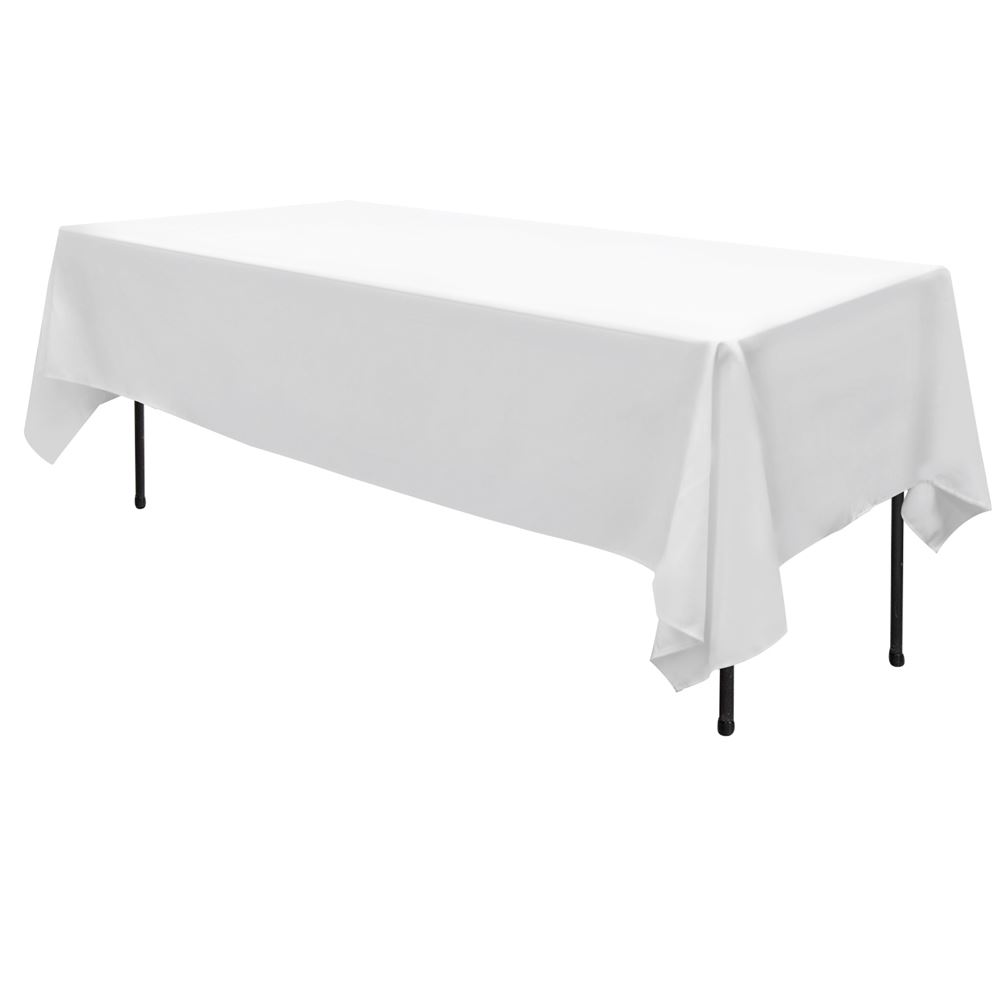Creative Table Runner Uses: Past the Table
Bed Linen Textile Technologies: Discovering Modern Trends and Creative Applications in Design and Textile Market
From sustainable production approaches to sophisticated weaving innovations, the evolution of bed linen is reshaping the landscape of the fabric market. As we delve into the worlds of innovative design applications and the emergence of bed linen blends and hybrid materials, a new phase unravels in which linen's role in future fabric advancements takes center phase.
Lasting Practices in Linen Manufacturing
Sustainable methods in bed linen manufacturing have actually become significantly critical in the textile industry's initiatives to minimize environmental impact and promote moral sourcing techniques. Linen, an all-natural fiber obtained from the flax plant, offers an array of advantages such as sturdiness, breathability, and biodegradability. Nonetheless, typical methods of linen manufacturing can involve substantial water usage, chemical use, and energy-intensive procedures.
To address these challenges, lots of textile makers are adopting sustainable methods throughout the bed linen manufacturing procedure. This includes sourcing flax from natural ranches that avoid dangerous pesticides and chemicals, carrying out water-efficient retting strategies to essence fibers from the flax stalks, and using environment-friendly dyes and coatings. Additionally, some business are buying renewable power resources to power their manufacturing facilities and lowering waste via recycling and upcycling campaigns.
Technological Innovations in Linen Weaving
With the expanding focus on lasting practices in linen manufacturing, the textile industry is currently seeing a rise in technical innovations particularly targeted at changing the art of bed linen weaving. These innovations are improving the method bed linen textiles are created, supplying raised performance, top quality, and creative thinking in weaving techniques.
Among the vital technical advancements in bed linen weaving is the assimilation of electronic looms. These sophisticated looms are equipped with software that allows for detailed and complicated styles to be woven with precision. By digitizing the weaving procedure, makers can accomplish higher consistency and precision in their linen materials.
Furthermore, advancements in thread spinning innovation have allowed the production of finer and even more resilient linen yarns - table cloths. This results in softer and smoother bed linen materials that maintain their high quality even after multiple uses and cleans
Furthermore, the development of environmentally friendly dyeing processes and coatings for linen materials is acquiring traction. These lasting methods not just lower the ecological impact yet also accommodate the increasing customer need for morally created fabrics.
Creative Style Applications for Linen
Cutting-edge creative methods are significantly forming the imaginative design applications for bed linen in the textile industry. Linen's all-natural visual allure and capacity to mix with other materials make it a preferred choice for producing one-of-a-kind garments and devices that cater to the ecologically mindful customer.
In addition, designers are try out linen in home decor, using its breathable and sturdy nature to craft fashionable home furnishings such as drapes, bedding, and furniture. The texture and drape of bed linen bring a sense of sophistication and comfort to interior spaces, including a touch of elegance to modern homes.

Bed Linen Blends and Hybrid Fabrics

Hybrid fabrics, on the various other hand, take the idea of mixing a step even more by integrating extra elements such as metallic strings, recycled products, or conductive fibers. These cutting-edge fabrics not only expand the style possibilities however also present functional facets like conductivity, antimicrobial homes, or enhanced toughness. Hybrid fabrics are significantly being made use of in different industries, consisting of style, indoor design, and technical textiles, where the demand for multifunctional materials is on the increase.
Bed linen's Function in Future Textile Innovations

In the world of future textile developments, linen is anticipated to be a principal in the growth of sophisticated useful materials. Designers and scientists are exploring means to boost bed linen's inherent qualities via technical advancements, such as including wise textiles, nanotechnology, and efficiency surfaces. These technologies aim to boost linen's efficiency attributes, making it ideal for a more comprehensive variety of applications, from activewear to protective apparel.
In addition, the mix of bed linen with other all-natural or artificial fibers opens up limitless opportunities for developing unique textiles with distinct homes and performances. By leveraging linen's features and exploring innovative blends, the fabric industry is positioned to present exciting advancements that accommodate evolving consumer needs and sustainability needs.
Final Thought
Finally, the exploration of lasting practices, technical improvements, creative layout applications, informative post bed linen blends, and its role in future fabric developments highlight the continuous development of linen fabric in the contemporary layout and textile sector. With a focus on technology and creativity, the flexibility and environment-friendly nature of linen make it a beneficial material for suppliers and designers alike, leading the way for further growths and developments in the field of fabrics.
As we dig right into the realms of creative design applications and the appearance of linen blends and hybrid textiles, a brand-new chapter unfolds in which linen's function in future fabric technologies takes center phase.
Exploring the blend of bed linen with other fabrics has actually led to the emergence of ingenious blends and hybrid fabrics in the contemporary textile market. Bed linen blends provide an unique combination of the qualities of bed linen with those of other fibers, resulting in textiles that have enhanced residential properties such as increased sturdiness, enhanced draping, and lowered wrinkling.The advancement of linen blends and crossbreed textiles has actually set the phase for Linen to play a crucial function in driving future textile innovations.In site link the realm of More Info future fabric developments, bed linen is anticipated to be a key gamer in the advancement of sophisticated useful fabrics.